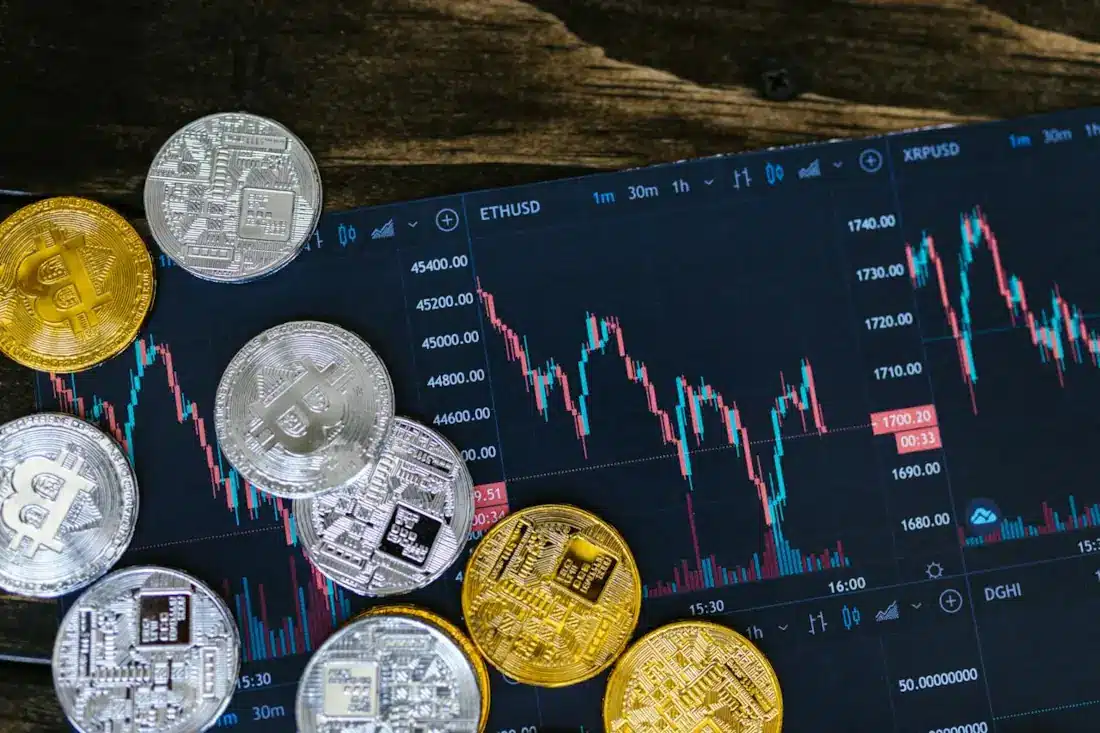A high-pass filter is an electronic circuit designed to prevent the passage of signals below a certain frequency. A high-pass filter allows signals above its cutoff frequency to pass through. One of the most widely-known applications of high-pass filters is to prevent bass and midrange signals from getting to tweeters. They may also be used to protect midrange speakers from bass signals.
The use of high-pass filters is widespread in speaker crossovers, which contain multiple high-pass and low-pass filters. The use cases of high-pass filters are not limited to protecting tweeters or midrange drivers from damage that could be incurred by bass.
In a speaker system, a high-pass filter plays a crucial role in preserving sound quality and preventing distortion. High-pass filters are the opposite of low-pass filters, which are designed to prevent the passage of signals above a certain frequency.
High-Pass Filters Improve Sound Quality
All speaker drivers have a usable frequency range. This range defines the highest and lowest frequency that a speaker can properly play without causing an unacceptable degree of distortion. Forcing a speaker to play frequencies below its usable frequency range can also damage it.
Let’s take a look at the usable frequency range of three example speaker drivers here:
- Woofer: 40 Hz to 3,000 Hz.
- Midrange: 500 Hz to 6,000 Hz.
- Tweeter: 3,000 Hz to 20,000 Hz.
If you forced the midrange to play frequencies below 500Hz, it will not only be a lower volume than the frequency range it is supposed to play, but it will also cause distortion. Aside from damage, the result will be low-quality bass (which is also not loud enough). The same applies to the tweeter.
If you forced the woofer to play frequencies above 3,000 Hz, it wouldn’t be clear (nor would it play those frequencies properly). The same applies to the midrange, except at 6,000 Hz. This is why a crossover with all the high-pass (and low-pass) filters required to exclude unplayable frequencies from each speaker driver improves sound quality. It enables them to play only the frequencies that they are built to play well.
To summarize:
- Woofers do a poor job of playing midrange (this requires a low-pass filter).
- Midranges do a poor job of playing treble (requires a low-pass filter).
- Midranges do a poor job of playing bass (requires a high-pass filter).
- Tweeters do a poor job of playing midrange and bass (requires a high-pass filter).
There are several different types of high-pass filters, including but not limited to:
- Passive high-pass filters.
- Active filters: Active high-pass filters utilize operational amplifiers and are a bit more complex than passive filters.
- First order high-pass filters.
- Second order high-pass filters.
Among passive high-pass there are RC filters, RL filters, and others. RC filters consist of a resistor (R) and a capacitor (C), and RL filters consist of a resistor (R) and an inductor (L).








